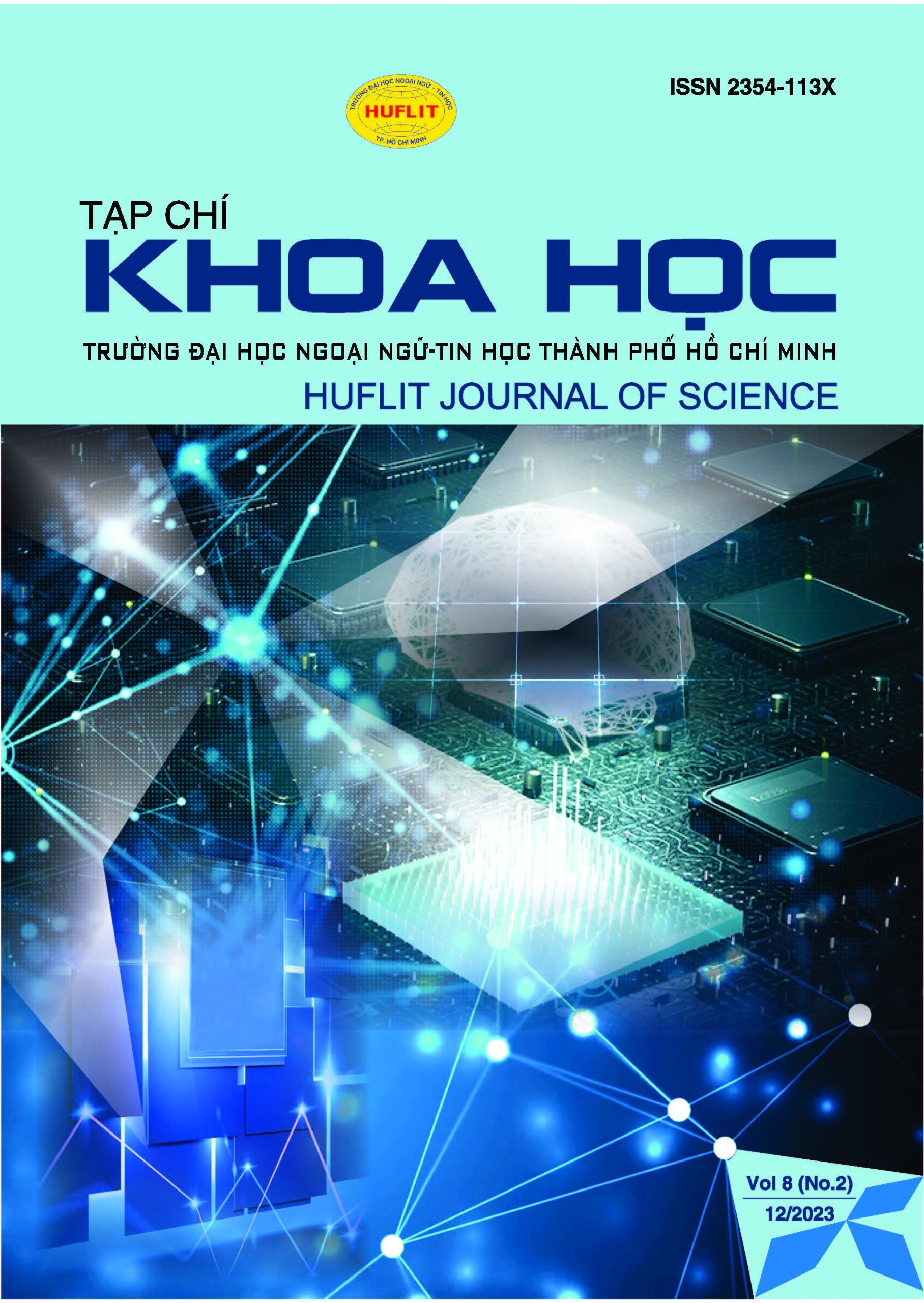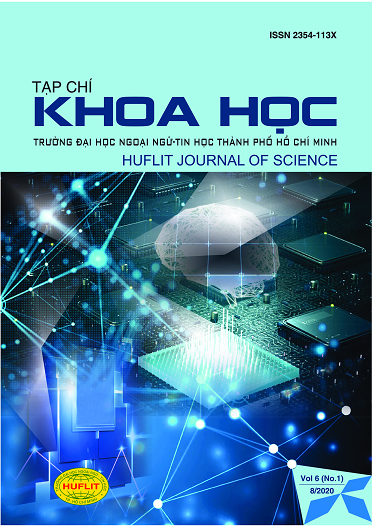A Semantic Analysis of Slang in students' group discussions
Tóm tắt
Abstract
The study aims to explore the semantic referents of slang used by students in their group discussions. A descriptive qualitative method was employed to describe the transcription of discussions and interviews. The data were collected from 63 group discussions by 84 third-year students from Business Communication classes at HUFLIT and interviews with 11 students selected from the population. The findings from the discussions revealed that the slang was categorised into taboo, criticising, and complimentary words. Most of the words the students uttered when discussing in class were taboo and decrying words, whereas very few complimentary words were used. The taboos took three out of nine semantic referents based on Jay’s theory (2009), whereas the decrying words fell into the categories of vulgarity and obscenity based on Mattielo’s theory (2008). Besides, male students were likely to blurt taboos four times more than their female classmates. On the other hand, females used decrying words more. The findings from the interviews showed that students acquired these informal words mainly from friends and social media.
Keywords: slang, semantic referent, group discussion



